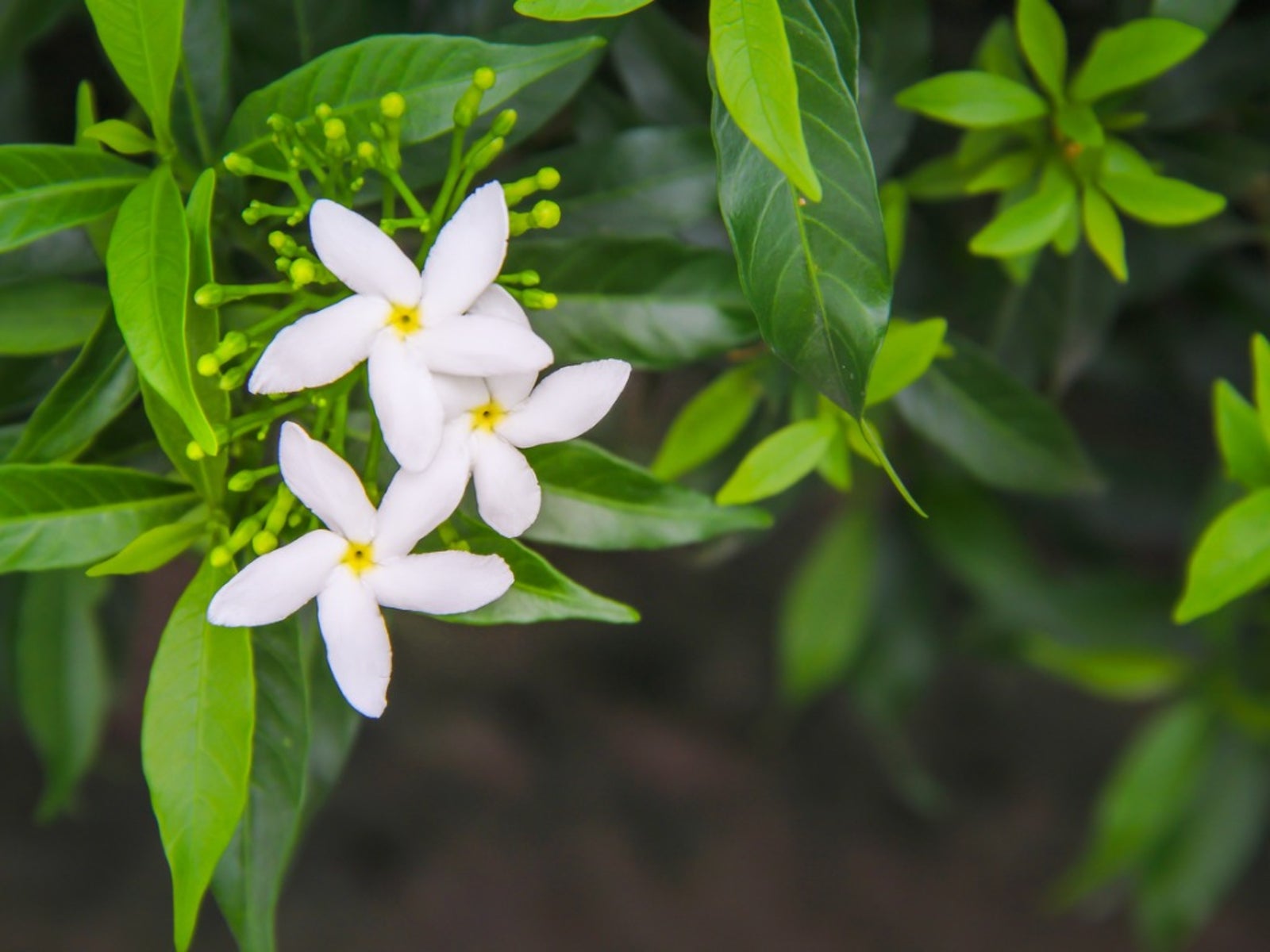There's something truly special, a sort of quiet wonder, that comes with experiencing the fragrance of a jasmine jas plant. It’s a scent that just seems to pull you in, really, making you want to linger a little longer in the garden or near a window. For many folks, it’s a smell that brings back happy memories, or perhaps it just creates new ones right there on the spot. This plant, with its delicate look and powerful perfume, has a way of capturing hearts, you know?
So, if you’ve ever found yourself wondering about this lovely plant, perhaps how it grows or what makes it so appealing, you’re definitely in the right spot. We’re going to spend some time exploring everything about jasmine jas, from its varied forms to the simple ways you can help it thrive. It's almost like giving your garden a little secret weapon for beauty and aroma, which is pretty neat.
Whether you’re just starting out with plants or you’ve got a green thumb already, getting to know jasmine jas can be a truly rewarding adventure. It’s a plant that, in some respects, gives back so much more than it asks for, especially when it comes to that amazing, sweet smell. So, let’s get ready to learn all about this sweet-smelling favorite, maybe even find a spot for it in your own outdoor haven, or perhaps a bright corner inside.
Table of Contents
- Understanding Jasmine Jas: Its Charm and Variety
- Growing and Caring for Your Jasmine Jas
- Common Questions About Jasmine Jas
- Bringing Jasmine Jas into Your Life
Understanding Jasmine Jas: Its Charm and Variety
When we talk about jasmine jas, we’re really talking about a plant that has captured hearts around the globe. It's pretty well-known for its truly sweet scent, which is, honestly, just amazing. This plant, often seen as a vine or a shrub, is a real favorite for many who want to add a bit of fragrant beauty to their surroundings.
A World of Jasmine Jas Species
So, it turns out there are quite a few different kinds of jasmine jas out there, around 200 species, actually. That’s a lot of variety, which is pretty interesting when you think about it. Each kind might have its own little quirks, maybe a slightly different shape or a subtle change in its flowers, but they all share that basic jasmine charm. Some are more common, like the one many people know, which tends to be a vining plant. Others might grow more like a bush, giving you different options for your garden space, which is really nice.
This wide range of types means you can find a jasmine jas that fits almost any garden idea you have, or even a nice container for a patio. It's like having a whole family of plants, all with that signature appeal, but each with its own personality, so to speak. You could, for instance, choose one that climbs high, or one that stays a bit more compact.
The Allure of Its Fragrance
The common jasmine jas, the one many people recognize, is a vining shrub, and it has a very fragrant smell that is appealing, really. It’s a scent that just floats through the air, making a garden feel incredibly welcoming. Few plants, you know, have a fragrance as intoxicating as jasmine jas. It’s the kind of smell that, in a way, just makes you stop and take a deep breath. This white, vining flower is best known for the fragrance of its blossoms, which is quite true.
One cannot simply come across a jasmine jas flower and not take a moment to catch a whiff of its sweet floral fragrance. It’s almost like a little invitation to pause and enjoy the moment. That unique tropical smell is something that people around the world know and love, and it’s a big part of why this plant is so popular. It just has that special something, doesn't it?
Where Jasmine Jas Comes From
These plants are native to tropical regions, and to some temperate ones too, which tells us a bit about what they like. Knowing where a plant naturally grows can give you some good clues about what it needs in your garden. For jasmine jas, this means they often appreciate warmth and a bit of humidity, which is something to keep in mind when you’re thinking about where to put them.
It's pretty neat how a plant from far-off places can make itself so at home in our own gardens, just by providing a little bit of what it’s used to. This native background also explains why that unique tropical smell is such a big part of its identity, too it's almost. It’s a scent that, you know, really transports you.
Growing and Caring for Your Jasmine Jas
Learning how to grow and care for jasmine jas, a fragrant vine or shrub, is something many gardeners want to do. It’s a plant that can really make a garden or even a container on a patio feel special. You can learn everything you need to know to grow jasmine jas, a perennial vine or shrub beloved for its sweet scent, and it’s simpler than you might think.
We’ll go over some tips on light, water, and soil, which are, you know, pretty important for any plant. Getting these basics right will help your jasmine jas thrive and give you those beautiful, fragrant blossoms. It’s all about giving the plant what it likes, really.
Finding the Right Spot: Light and Soil
For your jasmine jas to be happy, it needs the right amount of sunlight. Generally, they like a spot where they can get plenty of light, maybe even a good amount of direct sun for part of the day. This helps them produce lots of those pretty flowers. If they don't get enough light, they might not bloom as much, which would be a shame, considering their main draw.
When it comes to the soil, jasmine jas tends to like soil that drains well. They don’t enjoy sitting in soggy ground, so making sure the water can move through easily is a good idea. A good quality potting mix if it’s in a container, or well-prepared garden soil, will make a big difference for its roots, which is quite important. You can find tips on soil and common jasmine jas varieties from good gardening guides, like those you might find on a reputable gardening site, for instance.
Watering Your Jasmine Jas Just Right
Watering is another key part of caring for your jasmine jas. It’s a bit of a balancing act, you know. You want to keep the soil consistently moist, but not soaking wet. Too much water can be just as bad as too little for many plants. It's often a good idea to check the soil with your finger; if the top inch or so feels dry, then it’s probably time for a drink.
During warmer weather, especially when it’s actively growing and blooming, your jasmine jas might need water more often. In cooler times, or when it’s not growing as much, you can probably cut back a little. It’s all about paying attention to what the plant is telling you, which is, you know, pretty cool.
Supporting Your Vining Jasmine Jas
If you want to use your jasmine jas as a flowering vine, you’ll definitely need to provide support for it. These plants love to climb and spread, and giving them something to grab onto helps them show off their vining habit beautifully. This could be a trellis, a fence, or even a sturdy stake. Without support, a vining jasmine jas might just sprawl on the ground, which isn't quite the same look, obviously.
Guiding the young shoots onto the support as they grow can help them get established. It's a bit like training them, really. This way, your jasmine jas can grow upwards, creating a lovely wall of green and those pretty, fragrant flowers. It makes for a really stunning display, too it's almost.
The Beauty of Its Blossoms
The jasmine jas produces clusters of three to five white flowers from late summer to early fall. These small flowers are delicate and dainty, and they are a big part of the plant’s appeal, aside from the smell, of course. While the jasmine jas flower is usually white, some types might show a different color, which is a nice little surprise sometimes.
The timing of these blooms, from late summer into early fall, means you get to enjoy that wonderful scent and sight when many other garden plants might be winding down. It’s a lovely way to extend the season of fragrance in your outdoor space, or even inside if you have it in a pot near a window.
Attracting Garden Friends
Beyond its beauty and scent, jasmine jas also plays a role in the garden by attracting bees. Its pretty blossoms are a draw for these important pollinators, which is a wonderful thing for any garden. Seeing bees buzzing around your jasmine jas is a sign of a healthy, lively garden, and it just feels good, doesn't it?
It’s a plant that gives back, not just to us with its fragrance, but also to the local wildlife. This makes it a really good choice for anyone looking to make their garden a bit more vibrant and helpful to the environment, too.
Common Questions About Jasmine Jas
People often have questions when they’re thinking about bringing a new plant into their home or garden. Here are a few common ones about jasmine jas:
Is jasmine jas easy to grow for beginners?
For the most part, yes, jasmine jas can be quite forgiving for those just starting out with plants. As long as you give it enough light, the right kind of soil, and consistent watering, it tends to do pretty well. It's not a plant that asks for a lot of complicated things, which is nice. You just need to pay a little attention to its basic needs, and it will likely reward you with its beauty and scent, which is pretty rewarding.
What are the best uses for jasmine jas in a garden?
Jasmine jas is incredibly versatile, you know. Because many types are vining, they are perfect for growing on trellises, arbors, or fences, creating a lovely fragrant screen. They also work wonderfully in containers, especially if you want to move them around or bring them indoors during colder months. Some varieties grow more like shrubs, which are good for adding structure and scent to garden beds. It’s a plant that really fits in many different garden designs, honestly.
How often should I water my jasmine jas plant?
Watering frequency for your jasmine jas really depends on a few things: the weather, the type of soil, and whether it’s in a pot or the ground. A good rule of thumb is to check the soil; if the top inch or two feels dry to the touch, it’s probably time to water. During hot, dry spells, you might need to water more often, perhaps every day or every other day. In cooler, more humid times, you might go a few days between waterings. The key is to keep the soil consistently moist but never soggy, which is pretty important for healthy roots.
Bringing Jasmine Jas into Your Life
So, there you have it, a good look at jasmine jas, a plant truly beloved for its sweet scent and charming appearance. From its many different kinds to the simple ways to care for it, this plant offers a lot to enjoy. It's a beautiful flowering shrub that can add so much to your garden, or even a nice container on your porch.
We’ve covered quite a bit about this plant, from its native tropical homes to the way its blossoms attract bees, which is a lovely thing. The fact that it produces those clusters of white flowers from late summer into early fall, and that amazing fragrance, just makes it a really special addition to any space. It’s pretty clear why so many people adore it.
If you're thinking about adding a touch of that sweet, intoxicating scent to your home or garden, jasmine jas is definitely a plant to consider. It’s a plant that, you know, just keeps on giving. To learn more about gardening tips and tricks on our site, and to find out how to care for other amazing plants, please take a look at this page our plant care guides.



